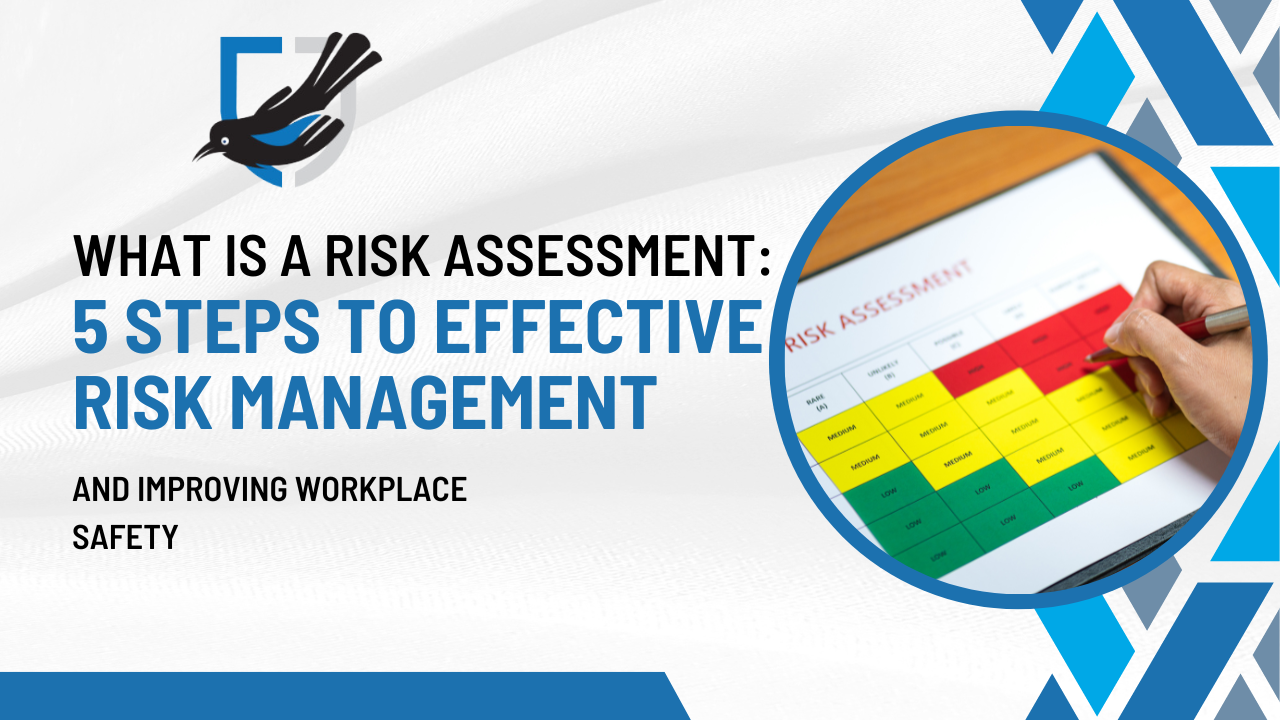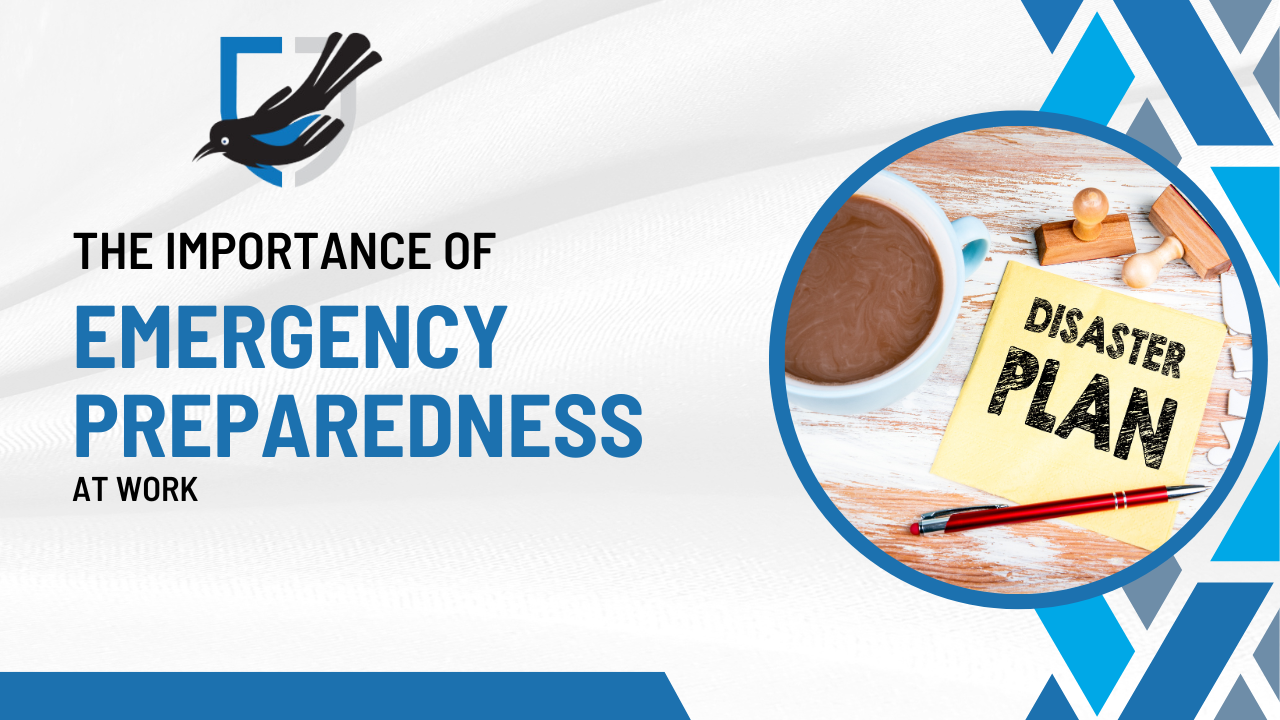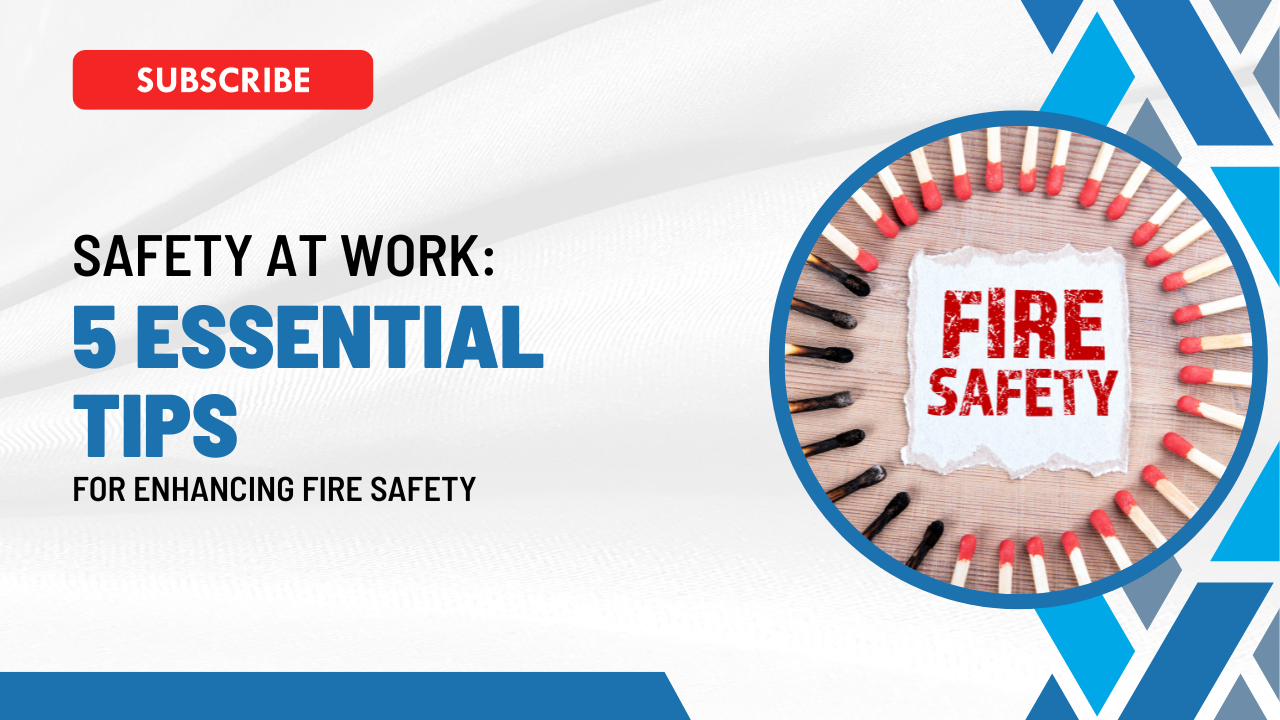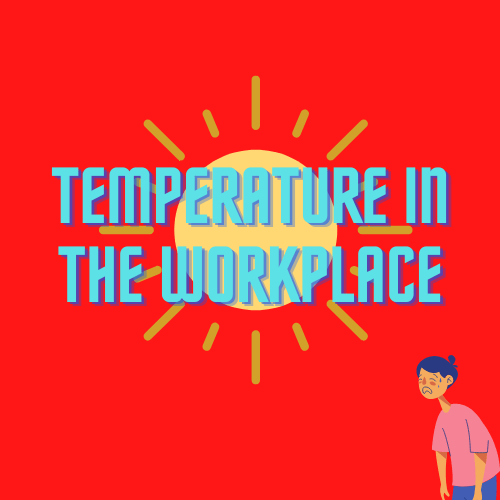Understanding the Health and Safety at Work Act and its implications for employers
Understanding the Health and Safety at Work Act and its implications for employers
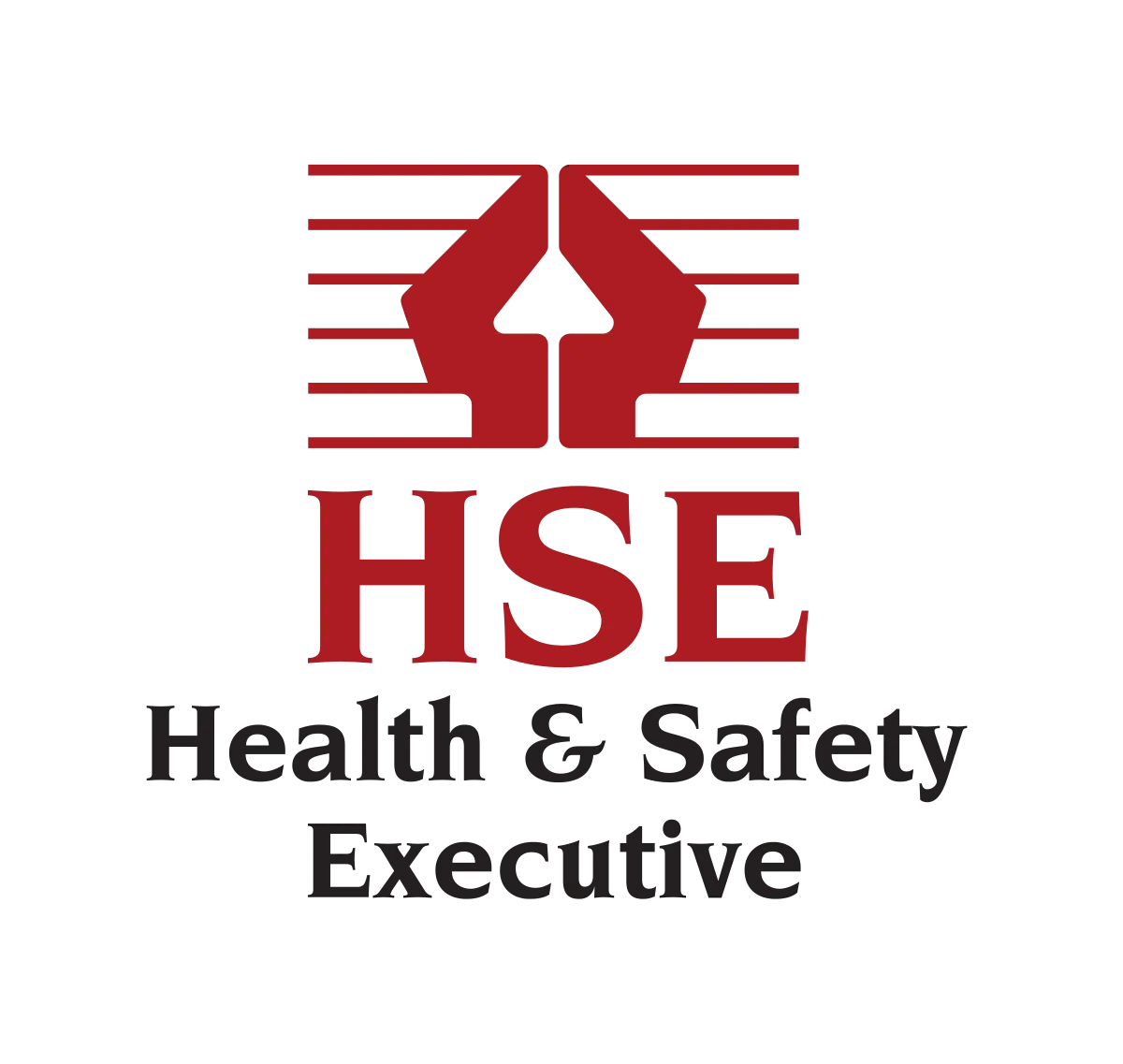
The Health and Safety at Work Act (HSWA) is the primary legislation governing workplace health and safety in the UK. It sets out the legal duties of employers and employees in relation to workplace safety, and aims to protect employees from harm by ensuring that employers take adequate steps to manage and control workplace hazards. In this blog, we'll provide an overview of the HSWA and its implications for employers in the UK.
Overview of the Health and Safety at Work Act:
The Health and Safety at Work Act was introduced in 1974 and has since been updated several times to reflect changes in technology and working practices. The Act applies to all employers, regardless of the size or type of business, and covers a wide range of workplace hazards, including physical, chemical, biological, and psychological hazards.
Under the HSWA, employers have a duty to protect the health, safety, and welfare of their employees, as well as any other people who may be affected by their work, such as contractors, visitors, or members of the public. Employers are required to take all reasonably practicable steps to prevent harm to their employees and others, including conducting risk assessments, providing appropriate training and information, and implementing control measures to reduce or eliminate workplace hazards.
Implications for Employers;
The HSWA places several specific legal duties on employers in the UK. These include:
· Conducting Risk Assessments: Employers must conduct a thorough risk assessment of their workplace to identify potential hazards and assess the level of risk to employees and others. This should be done regularly, particularly when there are changes in working practices or the introduction of new equipment.
· Providing Training and Information: Employers must provide their employees with adequate training and information on workplace hazards, how to work safely, and what to do in the event of an emergency.
· Implementing Control Measures: Employers must implement appropriate control measures to reduce or eliminate workplace hazards. This may include the use of personal protective equipment (PPE), engineering controls such as ventilation or barriers, or administrative controls such as training or work practices.
· Consulting Employees: Employers must consult with their employees on matters relating to health and safety, including risk assessments, control measures, and emergency procedures.
· Reporting Accidents and Incidents: Employers must report certain types of accidents and incidents to the relevant authorities, including the Health and Safety Executive (HSE), and keep records of all incidents and near misses.
· Appointing Competent Persons: Employers must appoint one or more competent persons to assist with the management of health and safety in the workplace. This may include internal health and safety professionals or external consultants.
Failure to comply with the legal duties set out in the HSWA can result in serious consequences for employers, including fines, imprisonment, and reputational damage.
Conclusion:
The Health and Safety at Work Act is a vital piece of legislation that plays a crucial role in protecting the health, safety, and welfare of employees and others in the workplace. As an employer in the UK, it is important to understand your legal duties under the HSWA and to take all reasonably practicable steps to manage and control workplace hazards. By doing so, you can create a safe and healthy working environment for your employees and protect your business from the serious consequences of non-compliance.




